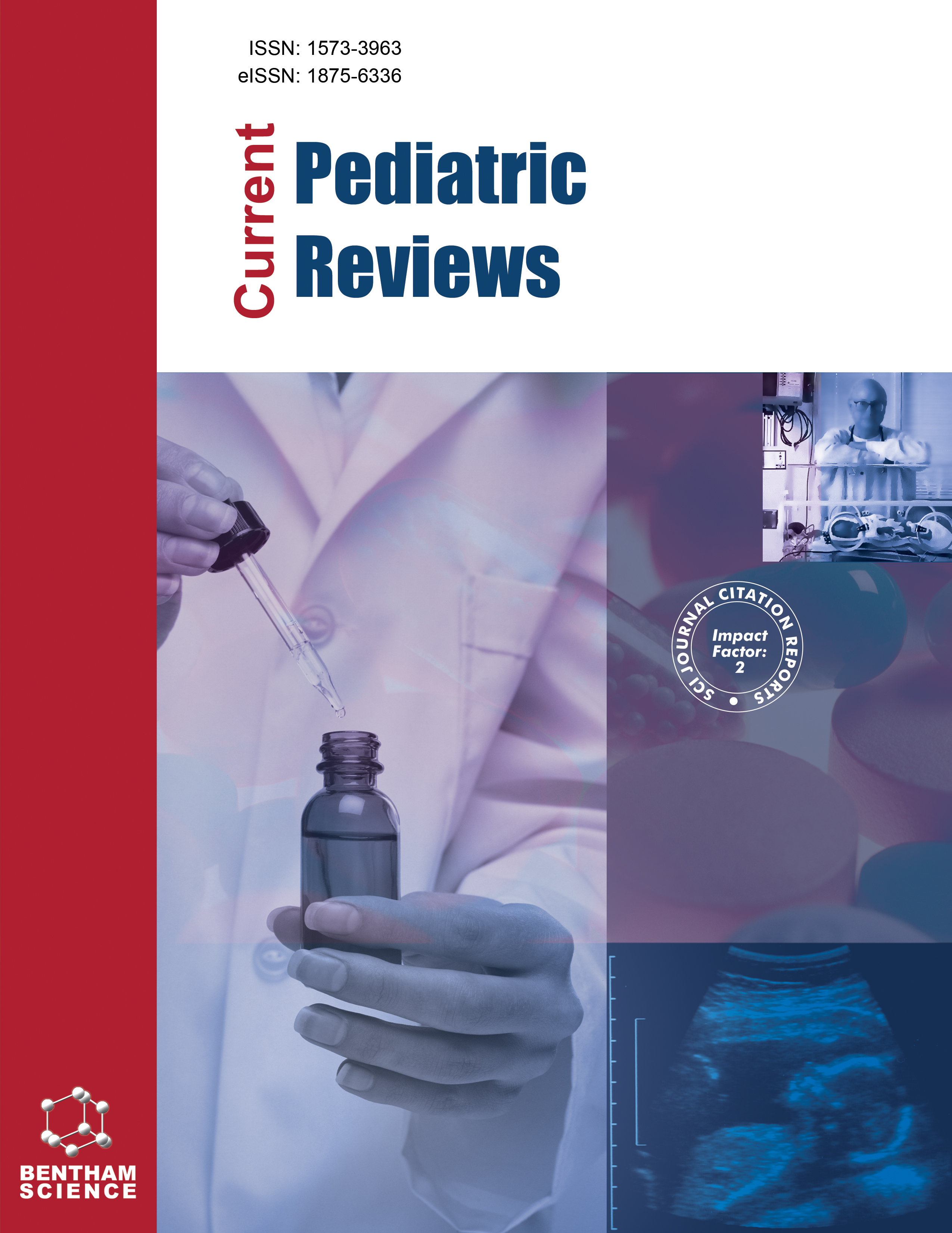-
s Cranial Ultrasound - Optimizing Utility in the NICU
- Source: Current Pediatric Reviews, Volume 10, Issue 1, Feb 2014, p. 16 - 27
-
- 01 Feb 2014
Abstract
Cranial ultrasonography (cUS) is a reliable tool to detect the most frequently occurring congenital and acquired brain abnormalities in full-term and preterm neonates. Appropriate equipment, including a dedicated ultrasound machine and appropriately sized transducers with special settings for cUS of the newborn brain, and ample experience of the ultrasonographist are required to obtain optimal image quality. When, in addition, supplemental acoustic windows are used whenever indicated and cUS imaging is performed from admission throughout the neonatal period, the majority of the lesions will be diagnosed with information on timing and evolution of brain injury and on ongoing brain maturation. For exact determination of site and extent of lesions, for detection of lesions that (largely or partially) remain beyond the scope of cUS and for depiction of myelination, a single, well timed MRI examination is invaluable in many high risk neonates. However, as cUS enables bedside, serial imaging it should be used as the primary brain imaging modality in high risk neonates.


